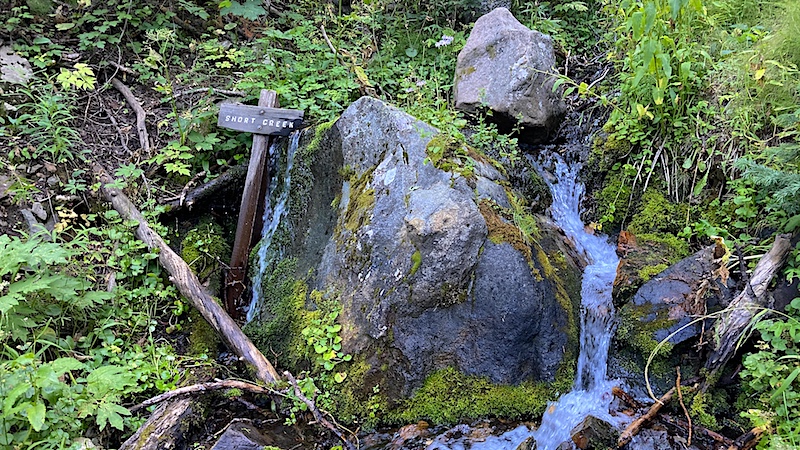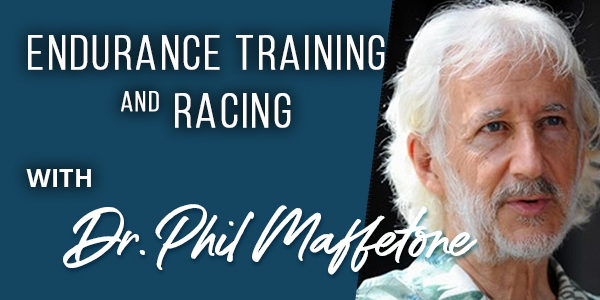
Nature is full of colors, beyond those in the rainbow. The woods and fields, the grassy flowered knolls, the trees and ponds all compete for our brain’s attention in powerfully therapeutic ways. And it’s not just running, hiking, riding or rowing in a green environment that can help us, just being there does it too.
Green too often goes unseen. Embracing this color can help improve our health and fitness.
Sensory overload can overwhelm us, from noise pollution to crowded roads and public places. But heathy sensory input — the sense of beauty — can help both the brain and body. Consider the sounds of soothing music. These benefits can also be amplified by enlisting our most powerful sense, vision. Seeing a music video, for instance, can increase the enjoyment, understanding, and benefit of a song. Moreover, kinesthetic sense can further magnify that positive input, when we play, sing or dance.
Natural, healthy visual input can also significantly help us.
A famous frog once sang, it’s not easy being green. It’s ordinary, not socially in, a color that doesn’t stand out and one easily passed over.
Yet, much of our natural earth has an almost unlimited number of wonderful versions of the color green. This is due in great part to the presence of chlorophyll in plants, which absorb the red and violet parts of sunlight, and reflects green enabling us to see it. Psychologists say green makes us think of life, growth and renewal, gives feelings of abundance and peace, security and restfulness, and tranquility. And green may help promote learning and retention.
In marketing, green means natural.
While color therapy was first described in Chinese Medicine thousands of years ago, today’s scientists continue learning about the impact of green on health. Despite the brain being hardwired for it — our eyes are most sensitive to light’s wavelength of 555 nanometers, a brighter shade of green — we still may miss it.
It’s not merely a color, it’s the color of nature. And it’s not just nature, it’s engaging in it. Too often, our brains are not exposed to or don’t see enough of it, despite the powerful, positive impact that green can have on human performance, including mood and behavior.
Who doesn’t know that a walk in the woods can do wonders? Researchers have long known that the sights, sounds, smells and overall feel of nature’s pleasant green surroundings can have a profound effect on the brain. In Japan, the practice of shinrin-yoku or “forest bathing” helps reduce levels of the stress hormone cortisol, an effect that can last for days. Scientists have shown that this practice is powerful enough to reduce excess sympathetic activity, lowering heart rate and blood pressure, and helping promote better sleep, too.
Like a nutrient, a deficiency of greens, so to speak, the lack of nature’s colorful sights, sounds, and other senses, can impair our brains. For urban vegetation, greenspace is synonymous with nature, and an important way to counter the stress of city life. For a long time, we’ve known that living in cities comes with certain stressors that increase the risk of aggression, depression and suicide, and other adverse effects. The provision of green spaces in cities is also considered an important strategy in preventing crime, including more aggressive offenses and gun violence.
Enter green.
The presence of parks and other natural environments can give the perception of increased quality of life, along with more healthy social interactions. While exercise can help reduce stress too, green spaces encourage safety, and provide places for people to be more physically active. And nature can help counter the theory of “broken windows,” which suggests that disrepair and disorder, like empty littered lots, can create the foundation for more trashing; and with it more serious crime.
Nature can engage our brains to help counter stress. It can balance autonomic function and lower stress hormones to reduce aggressive behavior, with overlapping neural mechanisms associated with hormones, neurotransmitters, sensory input, motor output, and others found in various regions of the brain. All this can be captured in great part by absorbing nature’s splendid spectrum of greens.
The benefits not only come from large green parks, but even smaller bits of nature as community gardens, and vegetated streets and walkways. Unfortunately, running on a highway or working out in our basement or a gym keeps us from experiencing the other side — where the grass is always greener. Of course, in the suburbs, and more rural areas, nature’s presence and accessibility increases access for people of all ages.
So wherever you are, seek out a natural place to spend time where the color green flourishes. This can be another step toward better health and fitness.
References
Park BJ, et al. The physiological effects of Shinrin-yoku (taking in the forest atmosphere or forest bathing): evidence from field experiments in 24 forests across Japan. Environ Health Prev Med. 2010;15(1). doi: 10.1007/s12199-009-0086-9.
Sachs NA, et al. The Potential Correlation Between Nature Engagement in Middle Childhood Years and College Undergraduates’ Nature Engagement, Proenvironmental Attitudes, and Stress. Front. Psychol., 29 October 2020. doi.org/10.3389/fpsyg.2020.540872.
Shepley M, et al. The impact of green space on violent crime in urban environments: An evidence synthesis. Int J Environ Res Public Health. 2019;16(24):5119. doi: 10.3390/ijerph16245119.








